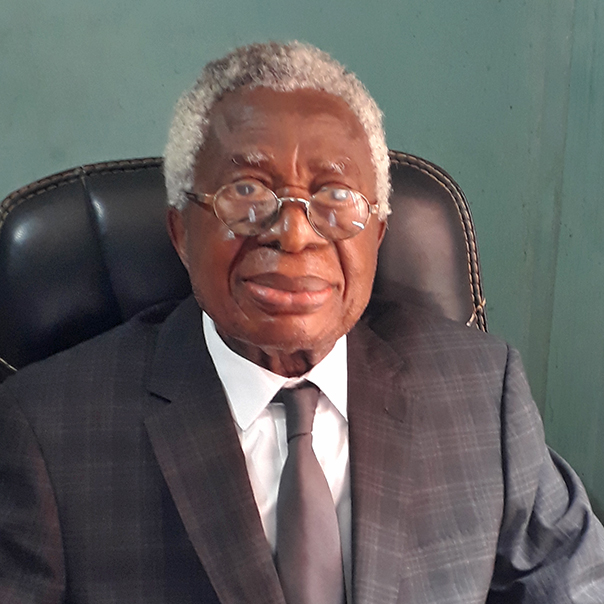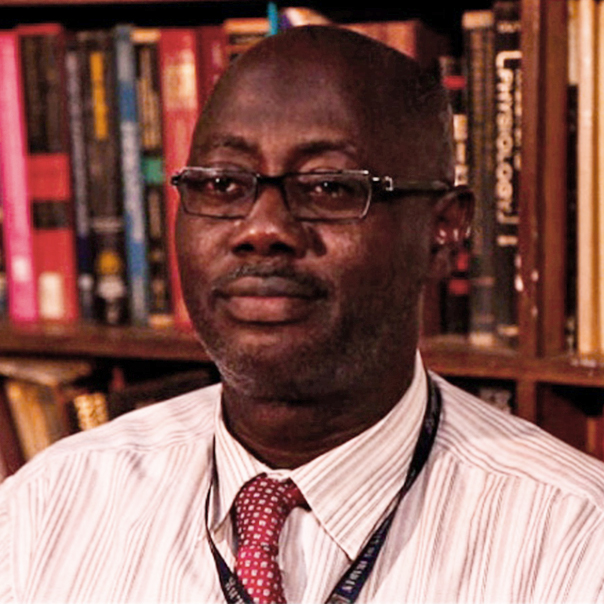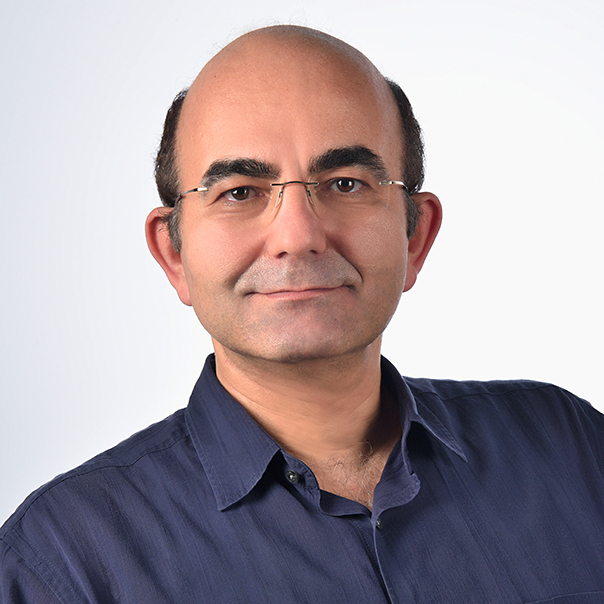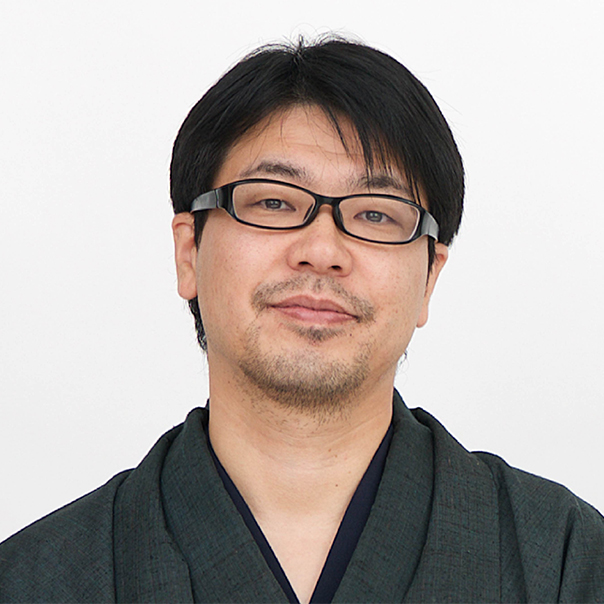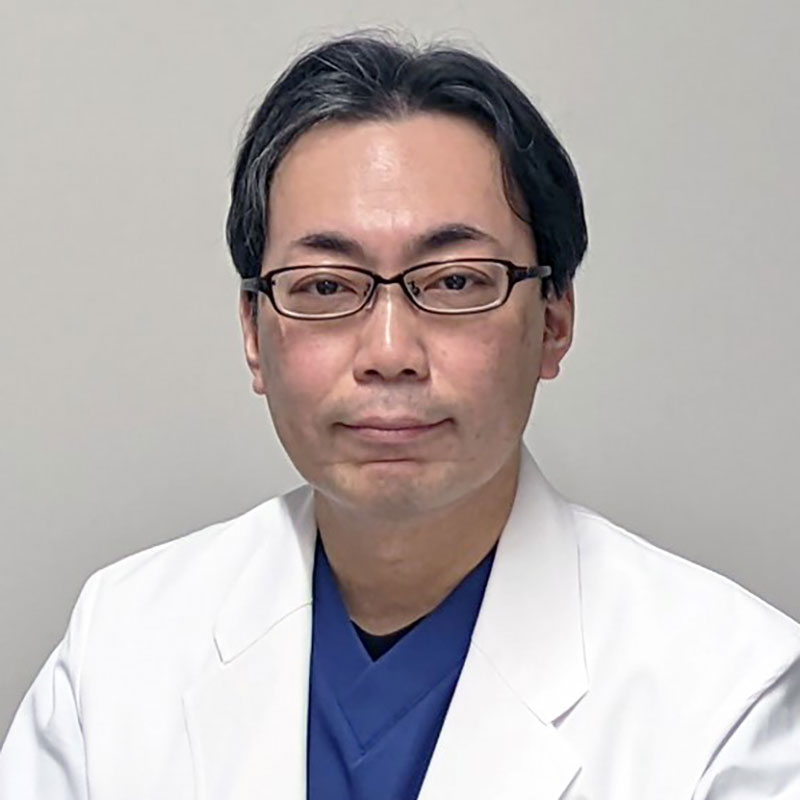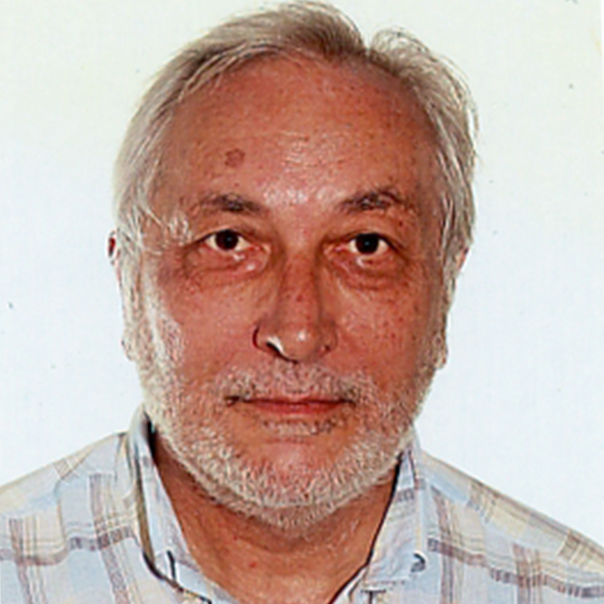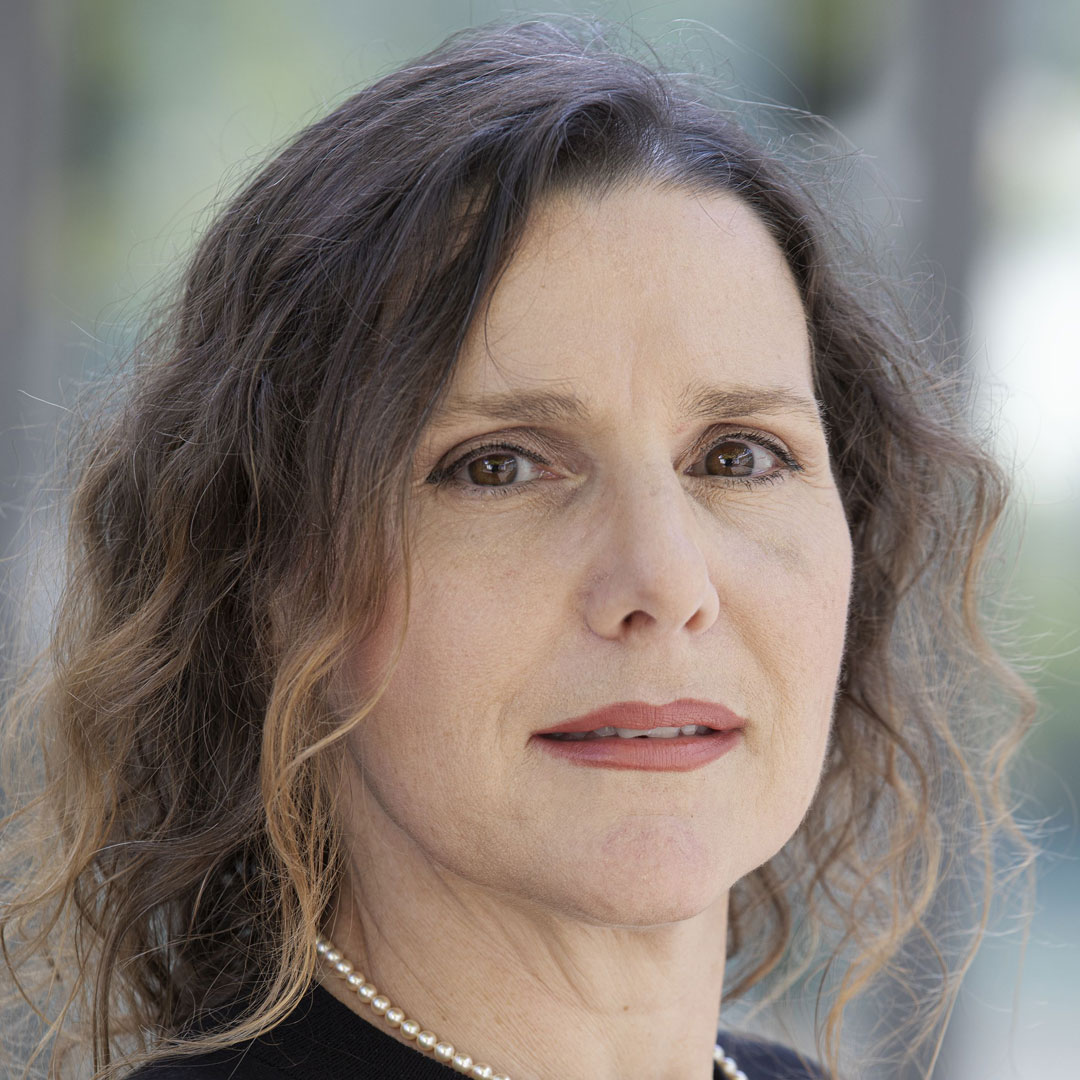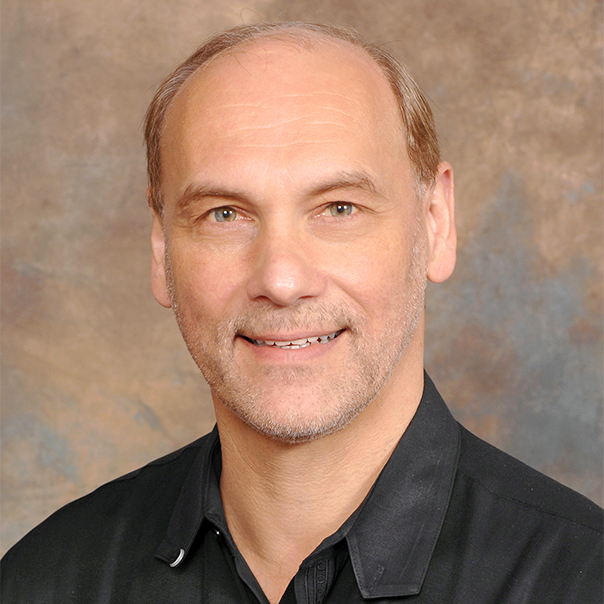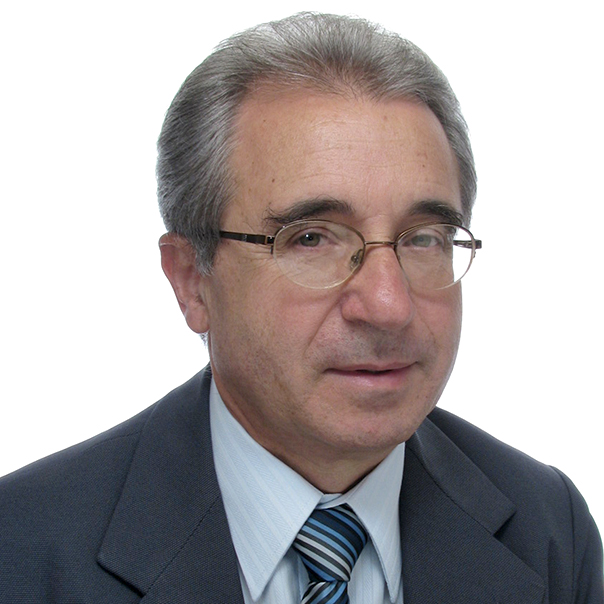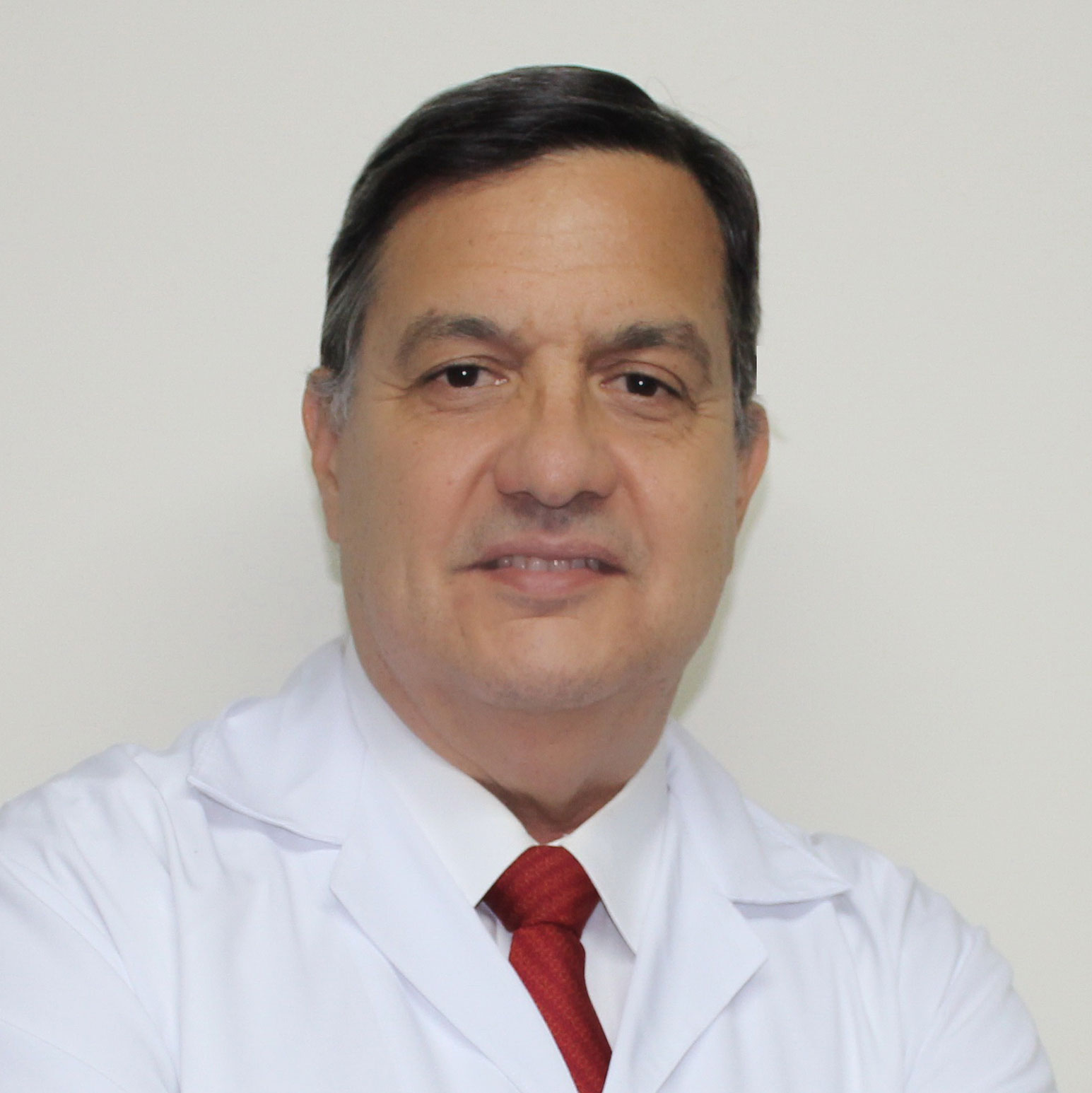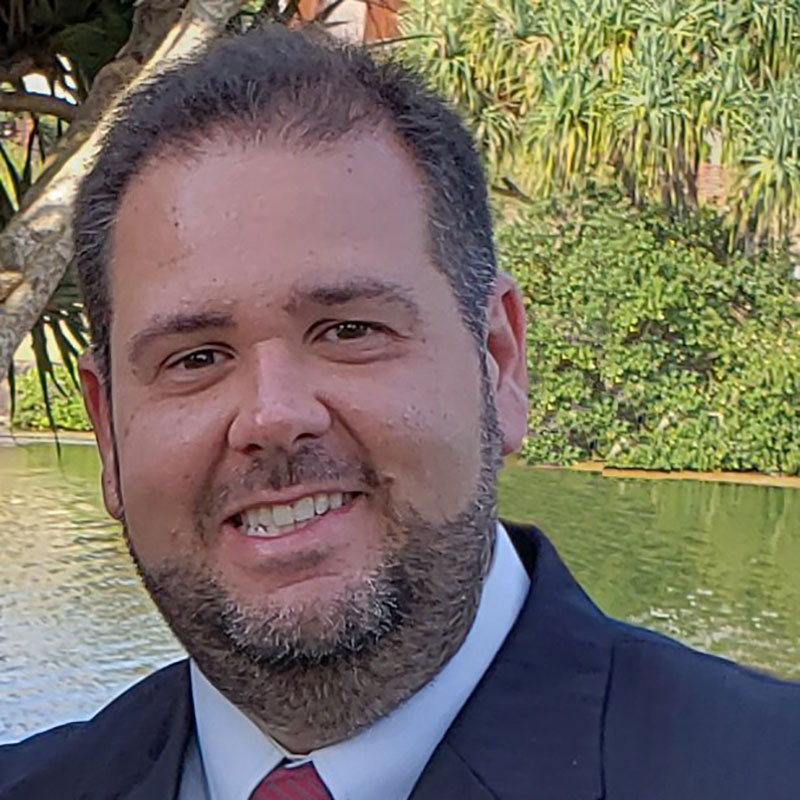
Faculty of Medicine
Together with Heidelberg, Cologne and Erfurt, the Würzburg Faculty of Medicine is one of the four oldest medical faculties in Germany. The fact that the Würzburg Faculty of Medicine finally became one of the most important in Germany in the early 19th century was largely due to the work of Carl Caspar Siebold and his efforts to improve practical training. Johann Lukas Schönlein, one of the founders and leading representatives of the so-called natural history school, worked in Würzburg. Johann Georg Pickel and Johann Joseph von Scherer laid the foundations for a modern pharmacy and clinical chemistry. In the second third of the century, Franz von Rinecker was the most influential figure. He established his reputation in the fields of paediatrics, psychiatry and dermatology, and Würzburg owes one of the oldest university children’s hospitals in the world to him. Rudolf Virchow and Albert Koelliker became professors under his aegis. They put anatomy and pathology on a modern laboratory-scientific footing.
Background images: Daniel Peter; University of Würzburg


